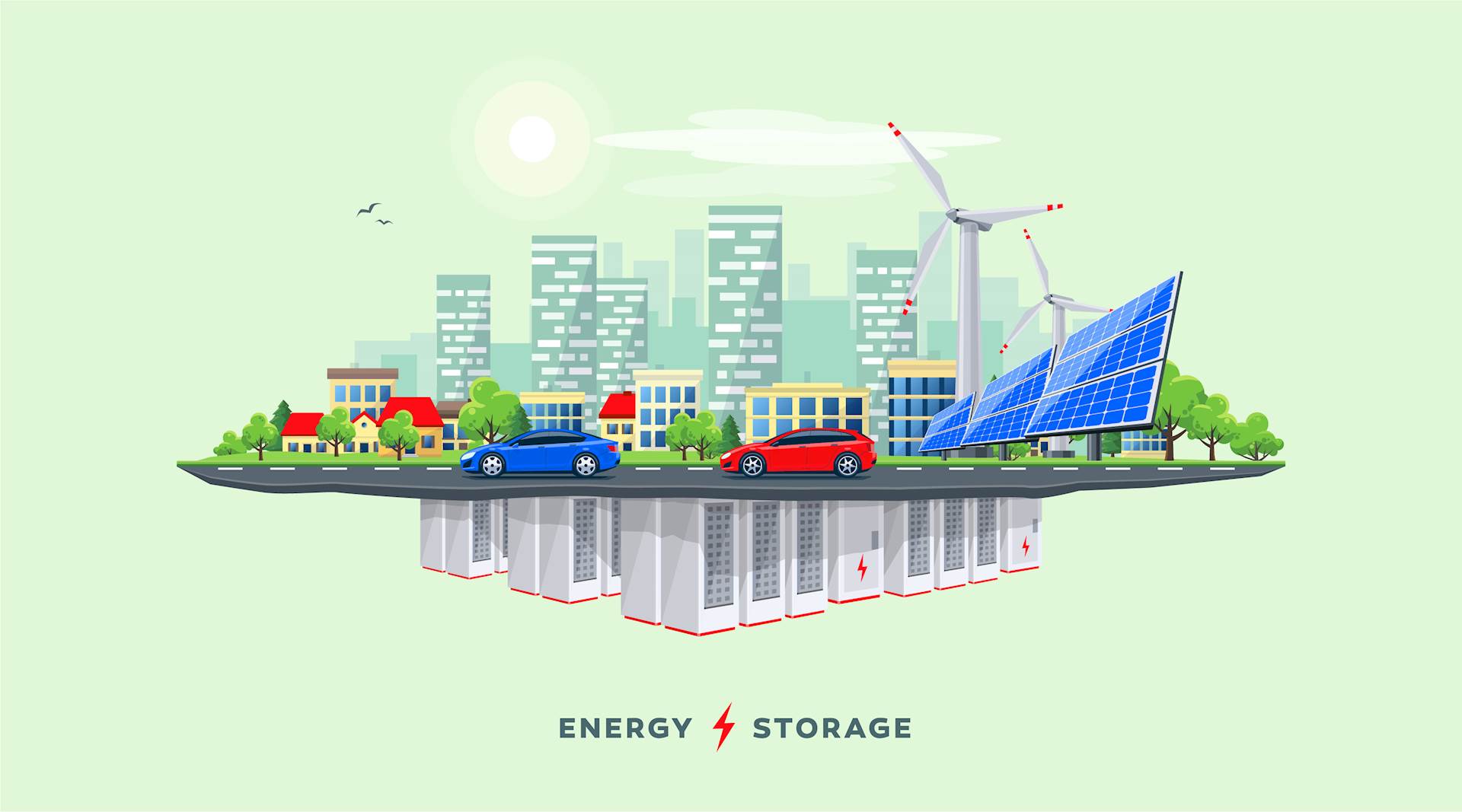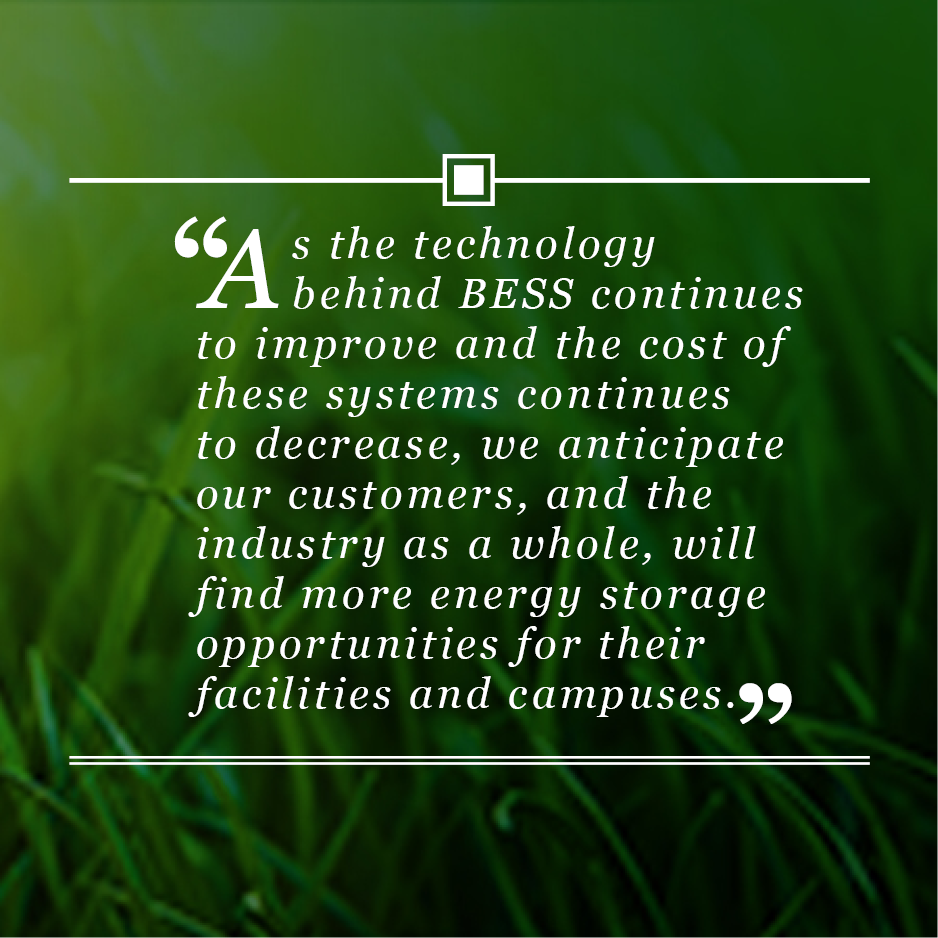 Over the past several years, there has been increased interest and research in energy storage and battery energy storage systems (BESS). Basically, energy storage is a method of capturing and storing energy so it may be used later. Energy storage techniques have included hydroelectric dams, pumped storage, mass storage (like this electric rail car-based system), liquid air, underground compressed air, fly wheels and chemical or battery storage.
Over the past several years, there has been increased interest and research in energy storage and battery energy storage systems (BESS). Basically, energy storage is a method of capturing and storing energy so it may be used later. Energy storage techniques have included hydroelectric dams, pumped storage, mass storage (like this electric rail car-based system), liquid air, underground compressed air, fly wheels and chemical or battery storage.
Whatever the type or method of storage, there has been an increased interest in BESS because of its benefits. BESS adds resiliency to systems by allowing an end user to isolate themselves from the grid during a power outage, which is called “islanding,” and it is integral to setting up a microgrid. BESS assists with the initial switch to the microgrid by providing power and can provide capacity until the outage is corrected or other power generating systems are initiated. BESS can also be used with renewable energy sources (e.g., wind turbines or solar photovoltaic systems). Wind and solar energy are increasingly being used to provide power to the grid. However, when the wind is intermittent or the skies are cloudy, BESS can help store energy for minutes or hours and help balance the power generated from wind turbines and solar. BESS also provides fast regulating reserves and can help balance fluctuations between supply and demand and renewable production “smoothing” and frequency support.
 The cost of BESS has decreased greatly over the past several years. As mentioned in the Oct. 23, 2020, U.S. Energy Information Administration’s Today in Energy article, “The average energy capacity cost of utility-scale battery storage in the United States has rapidly decreased from $2,152 per kilowatt-hour (kWh) in 2015 to $625/kWh in 2018.” And Fortune Business Insights reported, “The global battery energy storage market size stood at USD 7.06 billion in 2019 and is anticipated to attain USD 19.74 billion by 2027 … .”
The cost of BESS has decreased greatly over the past several years. As mentioned in the Oct. 23, 2020, U.S. Energy Information Administration’s Today in Energy article, “The average energy capacity cost of utility-scale battery storage in the United States has rapidly decreased from $2,152 per kilowatt-hour (kWh) in 2015 to $625/kWh in 2018.” And Fortune Business Insights reported, “The global battery energy storage market size stood at USD 7.06 billion in 2019 and is anticipated to attain USD 19.74 billion by 2027 … .”
Hanson is assisting our customers as they begin to explore and install these types of systems. We anticipate the use of microgrids will continue to increase, and we are certain we will see growth in electrical production by renewable energy systems. As the technology behind BESS continues to improve and the cost of these systems continues to decrease, we anticipate our customers, and the industry as a whole, will find more energy storage opportunities for their facilities and campuses. Although many questions remain to be answered on time-of-use rates, battery materials and more, we believe BESS will become more prevalent in the future.
Questions about BESS? Contact Bill Bradford at bbradford@hanson-inc.com.